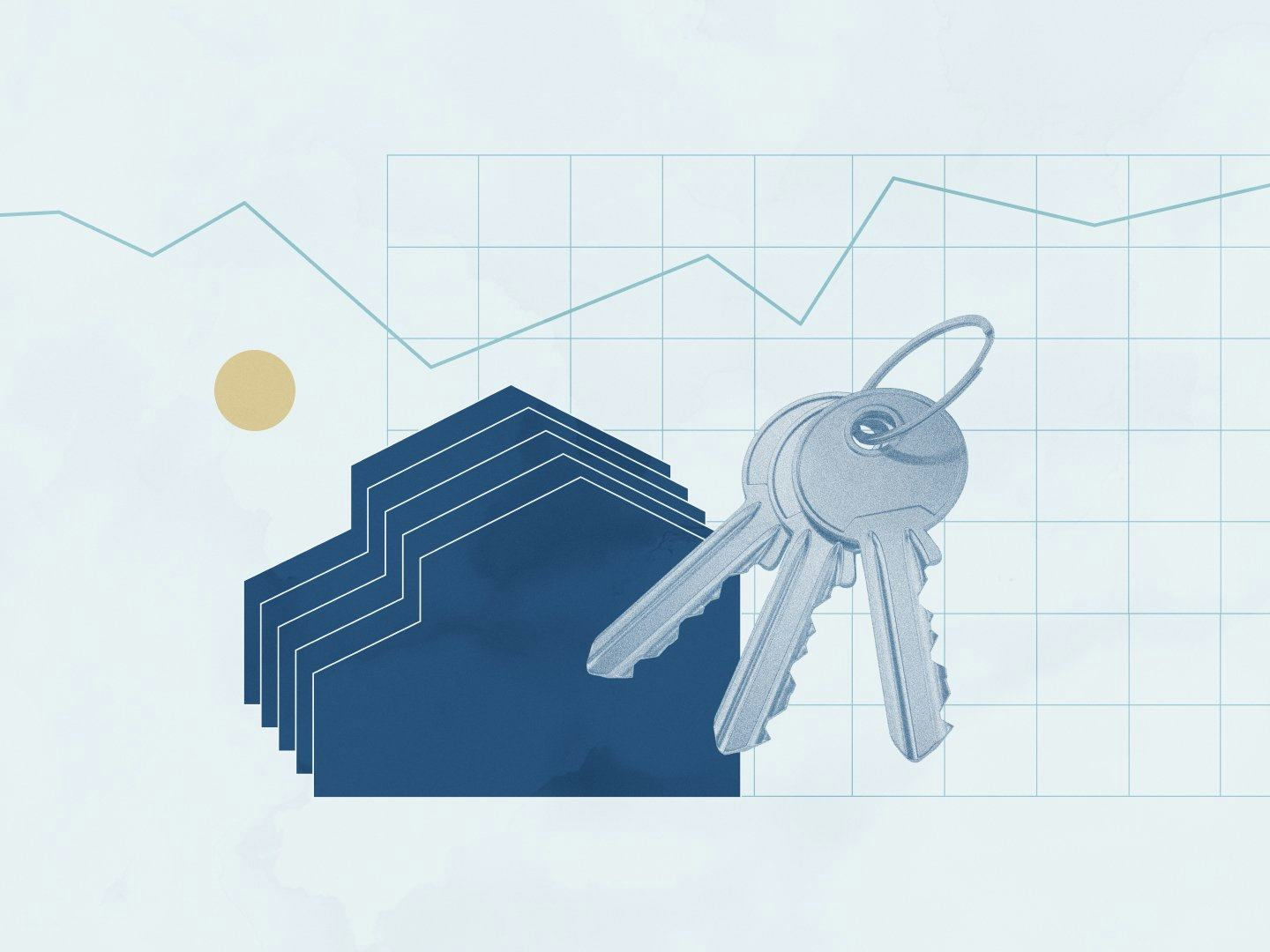What does it cost to take short-term loans and spread payments?

When you draw on your overdraft, take an Aukalán loan, apply to spread repayment of your credit card bill across a longer period or use an app or other service to spread payments across several months, you are taking a short-term loan. Even though several parties offer a limited comparison of short-term loans, there is no service that compares them all.
Still, it’s relatively easy to compare terms. The thing to do is to look at the figure called “annual cost (%)” or “ÁHK” in Icelandic. All lenders are legally obligated to publish the annual cost of borrowing.
“Annual cost (%)” is really quite simple
This figure is a percentage that measures all cost of borrowing, including interest, borrowing charges, coupon charges - every cost associated with the loan. The figure is annualised. If “annual cost” is listed as 20%, you’re paying what amounts to 20% in yearly interest.
“Annual cost” can be described as the price tag of a loan. The higher the “annual cost”, the less favourable the loan.
We’ve collected information about the “annual cost” of several short-term loans on the market based on 8 November 2023. In some cases, the borrowing terms depend on each borrower’s credit assessment that lenders based on various data and may vary between individuals. We’ll leave those loans out for the purpose of this comparison.
Popular short-term loans and a comparison of annual cost
Loan type |
Amount |
Loan term |
Interest |
Cost of borrowing |
Payment-/ Instalment fee |
Instalment/ Initial payment |
Annual cost |
|
|---|---|---|---|---|---|---|---|---|
| Lender A | Loan | 200,000 ISK | 12 mons. | 17.00% | 11,960 ISK | 870 ISK | 20,033 ISK | 44.25% |
| Lender B | Spread payment of purchase | 200,000 ISK | 6 mons. | 18.65% | 4,885 ISK | 898 ISK | 36,817 ISK | 44.2% |
| Lender C | Loan in app | 500,000 ISK | 12 mons. | 17.00% | 20,000 ISK | 350 ISK | 47,767 ISK | 29.7% |
| Lender D | Overdraft* | 500,000 ISK | 12 mons. | 17.00% | 790 ISK | 0 ISK | 7,083 ISK | 18.6% |
| Lender E | Overdraft* | 1,000,000 ISK | 12 mons. | 16.50% | 790 ISK | 0 ISK | 13,750 ISK | 17.9% |
| Lender F | Loan in app | 500,000 ISK | 12 mons. | 16.35% | 0 ISK | 140 ISK | 46,878 ISK | 25.0% |
| Lender G | Spread credit card bill | 500,000 ISK | 12 mons. | 16.95% | 0 ISK | 250 ISK | 48,038 ISK | 19.8% |
*No defined repayment schedule exists for overdrafts like it does for loans. “Annual cost” in the table is based on a fully drawn overdraft for 30 days.
Overdraft not necessarily the worst
As the table shows, short-term loans are very expensive yet the cost varies between lenders and loan types.
One of the things the comparison reveals, is that overdraft credit isn’t necessarily the least favourable of short-term loans. As short-term loans go, the overdraft is more flexible and carries no additional cost except interest. At Landsbankinn, it costs ISK 790 to alter an overdraft authorisation. This cost is included in the borrowing and in the “annual cost” figure.
This is how an overdraft works: Let’s say that you hold ISK 20,000 in your account and have an overdraft authorisation of ISK 100,000. If you buy a nice coat for ISK 50,000, you draw on the overdraft for ISK 30,000 and pay interest on that amount only, not on the entire overdraft authorisation, which remains ISK 100,000. Funds that don’t rest long in your account, such as wages, are paid to lower your overdraft temporarily, thereby lowering the interest expense of the overdraft.
People are variously successful in paying off their overdraft. If you are not able to pay off your overdraft regularly, other loans with regular instalments may be more favourable, such as Aukalán.
Does it make sense to take short-term loans?
In finance, it’s not advisable to adopt an “it’ll be fine” (ice. “þetta reddast”) attitude and take spur of the moment decisions. We shouldn’t take short-term loans unless we really need to. Taking a short-term loan to meet unexpected expenses, such as when your car breaks down or the washer needs renewing - that’s one thing. Taking a short-term loan to buy an expensive coat or other consumer goods - that’s something else. Interest on short-term loans is high and saving up to buy what you want pays off many times over. Before you take a short-term loan for something you don’t necessarily need, it’s good to calculate how many hours more you’ll have to work to pay the cost of borrowing and compare that time to the time you’d have to wait to buy if you save up instead. Could the purchase wait, especially if you consider how much more you’ll end up paying if you take a short-term loan?
Combining loans can pay off
If a lender charges borrowing fees, coupon fees or payment fees, it can be rather unfavourable to take many short-term loans. If you do that, you have to pay these fees for each and every line of credit. It can be more favourable to take one loan to cover all the expenses and only pay these fees for that single loan.
If you have several unfavourable short-term loans, it can pay to combine them all in one, more favourable loan and concentrate on repaying this one loan. It’s smart to set goals to always pay a set additional amount to the loan or to reduce the overdraft.
We’d be happy to help!
It’s a good idea to talk to an advisor with your bank to see how you can optimise your borrowing. You can book an appointment with our advisors online. We’d be happy to help find the most favourable financing for you.









